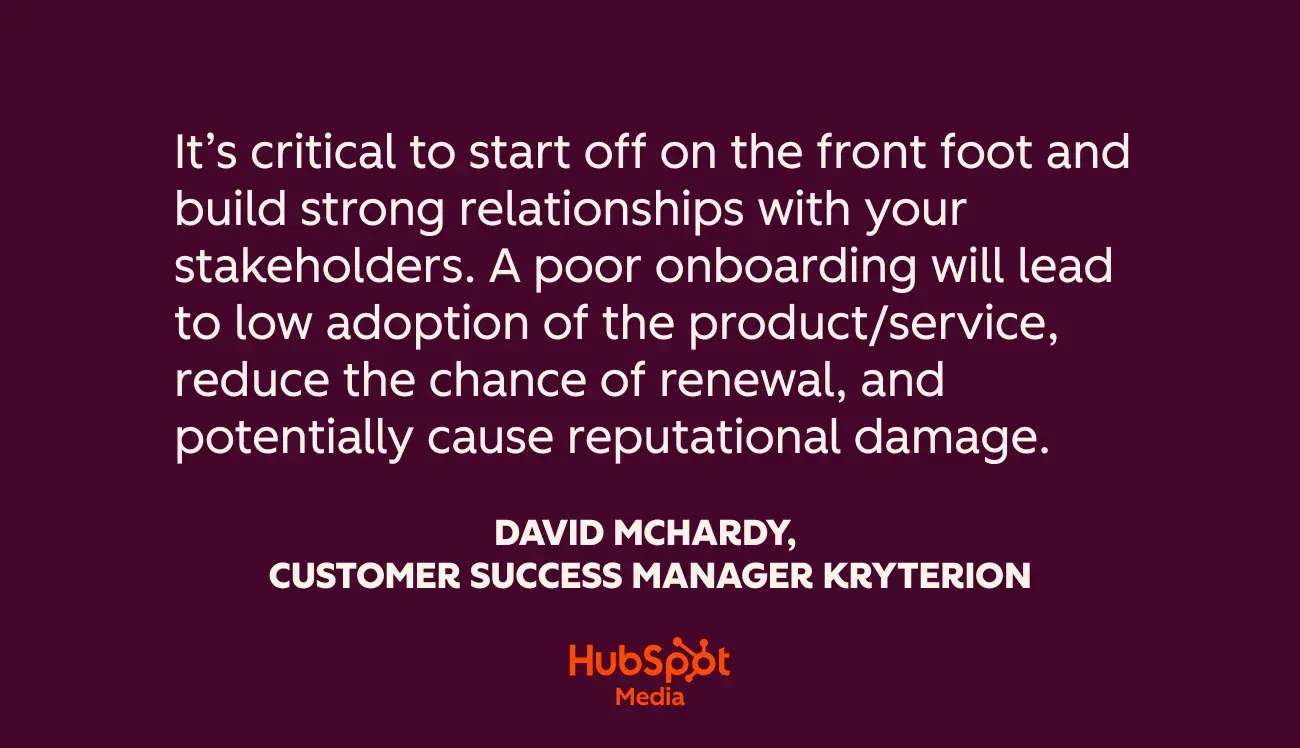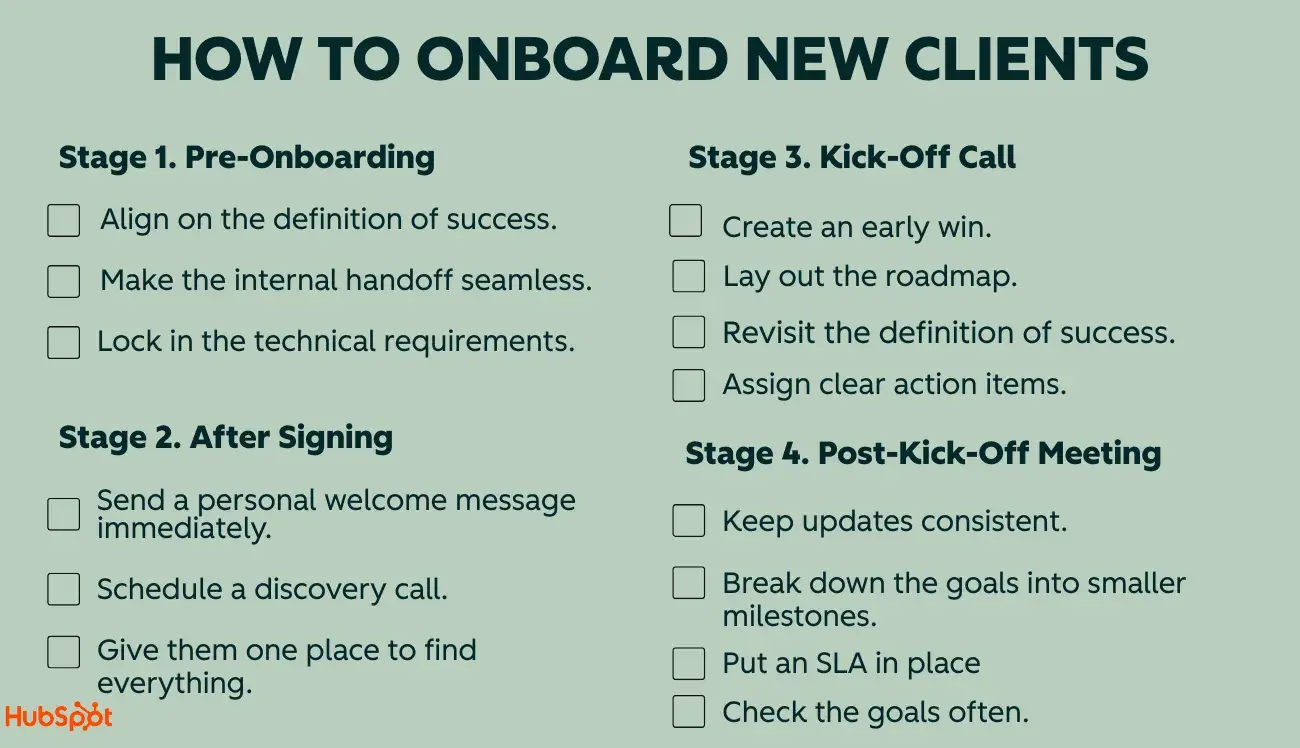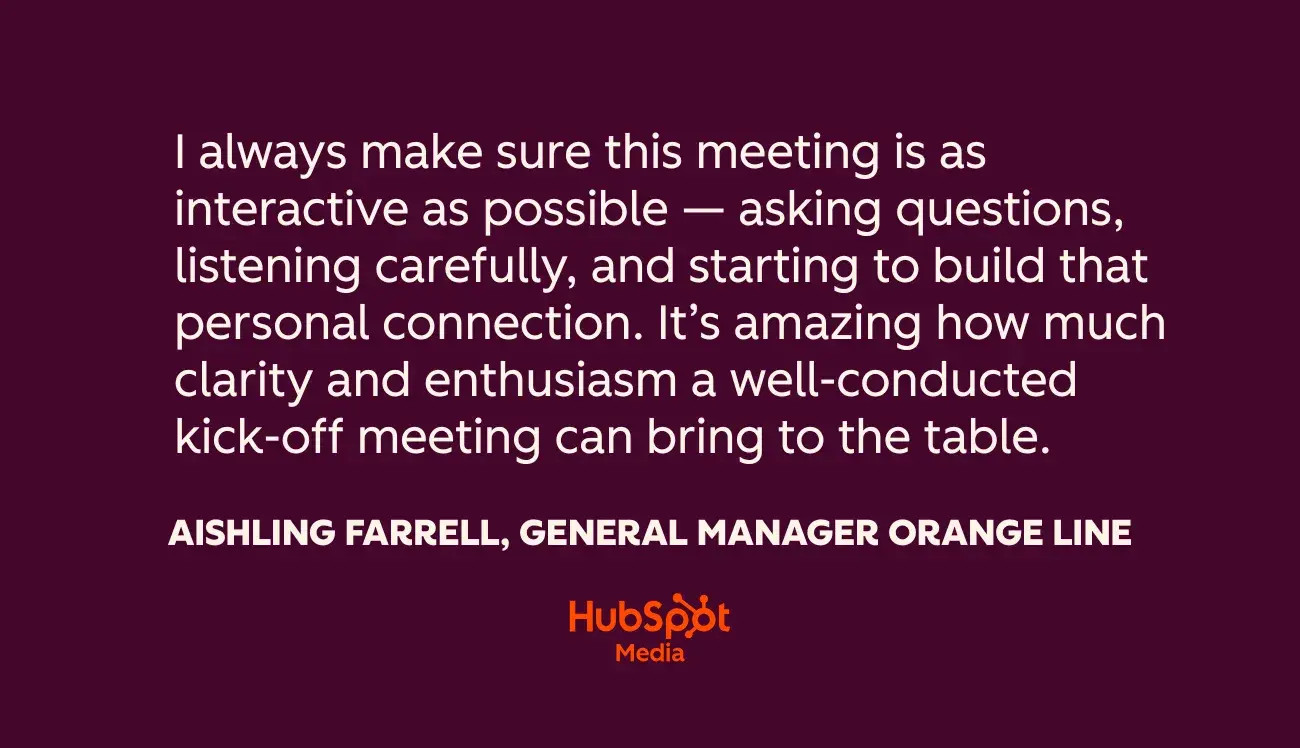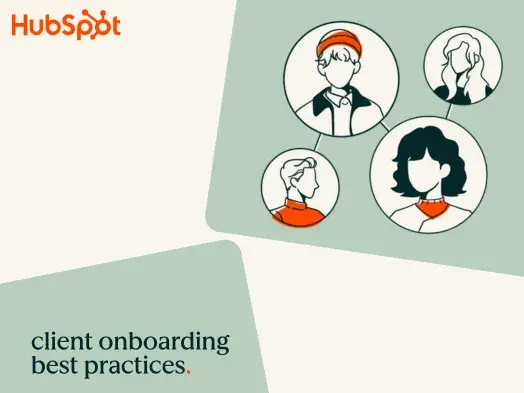When I was a client services manager at Yahoo, helping massive enterprise clients adopt our programmatic ad server, a weak implementation meant losing millions in ad spend. Later, while building the conversational AI strategy at Dapper Labs, I realized how critical the initial onboarding is for reducing support tickets and empowering the team to focus on high-impact customer experience improvements.
The core issue remains incredibly simple: Poor onboarding inevitably creates friction that leads to churn. Conversely, a strong, thoughtful onboarding process is the non-negotiable foundation for scalable customer retention. According to the 2025 State of Customer Onboarding study by Rocketlane, customers with “smooth onboarding” are 53.5% less likely to churn.
This comprehensive guide is built on my decade of operational experience. It lays out the proven four-stage framework for effective client onboarding, detailing the actionable steps and best practices required to ensure your client’s success from day one.
Table of Contents
- What is client onboarding?
- Importance of the Client Onboarding Process
- How to Onboard New Clients
- Best Practices for Onboarding New Clients
Client onboarding is the process of sharing information upfront so that customers and businesses are on the same page for effective project management.
For instance, before I close a deal with a client for a digital marketing business I work for, we review our services, project scope, prices, and deliverables during the sales process.
However, once they’ve become our customers, they need to know how we work, how often we communicate with them, and how to contact us if they require assistance.
An efficient client onboarding process helps me explain this information to clients, clear any initial doubts, and establish a good rapport that will set the foundation of our long-term working relationship.
Importance of the Client Onboarding Process
I have learned through years of managing customer lifecycles that investing deeply in the onboarding phase is the most direct way to secure a higher Net Revenue Retention (NRR) down the road. The goal is not just to keep the customer around, but to make them so successful they naturally expand their spend.
Here is why dedicating resources to a thoughtful onboarding process is non-negotiable for modern CX leaders.
Elevates Retention and NRR
Structuring your onboarding process fundamentally protects your bottom line. Recent studies show that strong programs reduce churn by over 53%, with 65% of B2B companies reporting a direct link between strong onboarding programs and first-year retention and renewal rates.
When I worked on subscription management at Trendy Butler, addressing those early friction points in the onboarding journey was the only way we could tackle voluntary churn.
Accelerates Time to Value (TTV)
As a CX leader, I treat Time to Value as the definitive KPI for success. I know that 74% of customers will switch to a competitor if the onboarding process is perceived as too slow or complex.
Industry research suggests that reducing TTV to under 2 months is the best practice for driving engagement, and this goal is actively tracked by 56% of top onboarding teams.
Boosts Customer Loyalty
A proactive and transparent onboarding approach creates fiercely loyal advocates. Studies confirm that 86% of customers are more likely to advocate for your brand after receiving prompt, educational onboarding content.
While building the Voice of the Customer (Voc) program at Trendy Butler, I saw that early, proactive engagement during the welcome phase established the deep trust necessary for long-term customer relationships.
Maximizes Product Adoption
My operational goal in onboarding clients at Yahoo was always full feature usage. The data validates this priority. Users who adopt at least 70% of a product’s core features are twice as likely to renew and remain satisfied customers. To consistently achieve this, 91% of top leaders use interactive onboarding to give customers that tangible product.
Increases Revenue Potential
Analysis now directly links onboarding success to explosive revenue outcomes. According to Rocketlane’s State of Customer Onboarding 2025, the top quartile of B2B companies achieve an NRR greater than 120% when onboarding is effectively prioritized. This confirms that a strong onboarding program yields great profit. Every 5% gain in retention can yield up to 95% more profit.
David McHardy, customer success manager at SaaS platform Kryterion, sums up the importance of client onboarding as part of a first impression:
“It’s critical to start off on the front foot and build strong relationships with your stakeholders. A poor onboarding will lead to low adoption of the product/service, reduce the chance of renewal, and potentially cause reputational damage.”

How to Onboard New Clients
One of the biggest mistakes I’ve seen in operations is assuming onboarding begins after the contract is signed. I learned very early that the relationship is at risk the moment Sales and Customer Success are not in sync before the deal closes. A smooth handoff should make the client feel like your company is already delivering on everything it promised during the sales process.

Stage 1: Pre-Onboarding
This stage is all about careful preparation and complete clarity. When I was managing implementations for Yahoo’s new combined ad server platform, collecting precise information on client team sizes and feature needs was absolutely essential. This early preparation is your first real chance to relieve anxiety and show that you run a structured, thoughtful process.
- Align on the definition of success. Sales must outline exactly what the project covers and what measurable results the client expects. If the client’s priority is making campaigns live faster, then the specific target for that launch timeline has to carry through exactly as it was defined. No softening. No rewriting. It should land with the implementation team exactly as the client said it.
- Make the internal handoff seamless. Every key detail has to be captured in the CRM, from pain points to context to expectations. This prevents the customer success manager from repeating discovery questions. It also reduces friction and early churn. I find it works best when the internal teams meet before kickoff so there are no loose ends.
- Lock in the technical requirements. Gather all the administrative information right away. This means things like security details, access credentials, SSO, API keys, and main contacts. When I worked with enterprise clients at Yahoo, I always collected very specific data about their ad server setups and data flows. Those small but critical details often decided whether a migration went smoothly or turned into a fire drill.
Stage 2: After Signing
The moment a contract is signed, communication has to be fast, personal, and warm. When I worked with major publishing brands in need of adtech solutions, even a short delay in outreach made them second guess their decision. Most customers care about how they feel during the process as much as they care about the product itself. That first contact matters more than most people realize. Data by Rocketlane shows that 45% of customers would quit if value is delayed.
Mia Comic, founder and content strategist at Bublgam, says she kicks off by sending a personalized one-pager to clients after they sign a contract.
Acting in such a manner gives the client peace of mind and prevents you from dropping communication after the sale, which is risky. I’ve seen brands that highly engage a customer up to the point of sale and then abruptly drop communication once the deal is signed. Leaving customers guessing creates a poor experience and is a surefire recipe for disaster.
- Send a personal welcome message immediately. Introduce the team, explain what happens next, and tailor the message to their specific purchase. A personal touch sets the tone right away.
- Schedule a discovery call. This isn’t a technical meeting. It’s just a trust building moment. The goal is to listen carefully and understand what truly matters to the client. A new client onboarding questionnaire is a great alternative in situations where discovery calls aren’t feasible.
- Give them one place to find everything. Provide access to a single project hub where they can check progress, review documents, and share any missing information. That level of visibility removes a lot of uncertainty before the heavy work even begins.
Stage 3: Kick-off Call
This is where the project truly begins. The purpose of this meeting is to create momentum and establish shared responsibility. It’s not about introductions. It’s about turning the conversations from something theoretical into something real and moving.
- Create an early win. I always try to complete at least one meaningful technical step during this call. It might be setting up a core integration or turning on key automation. That quick win reduces time to first value and proves to the client they made the right choice. I’ve seen how one successful action at kickoff changes the entire energy of a partnership.
- Lay out the roadmap and communication rhythm. Be clear about milestones, timelines, and how updates will be shared. Everyone should know exactly when and how they’ll hear from each other.
- Revisit the definition of success. Say it out loud again. Make sure the KPIs reflect what the client actually cares about. Everyone should share the same picture of what a win looks like before a single task is started.
- Assign clear action items. Break the work into simple steps with names and deadlines. It’s always better to confirm these verbally during the meeting rather than relying only on email afterward.
Aishling Farrell, general manager at marketing consulting firm Orange Line, highlights the importance of kick-off meetings:
“I always make sure this meeting is as interactive as possible — asking questions, listening carefully, and starting to build that personal connection. It’s amazing how much clarity and enthusiasm a well-conducted kick-off meeting can bring to the table.”

Stage 4: Post-kick-off Meeting
This stage is about keeping the project alive and proving value over time. Clients feel secure when communication is steady and thoughtful. A 2023 study found that 90% of clients say the frequency and quality of updates directly impact their decision to stick with a service or make referrals.
Honestly, this is one of my favorite aspects of project work: building trust through consistent, personal updates and seeing even how small, regular wins boost everyone’s confidence.
- Keep updates consistent. Use tools that help draft messages or summaries but always keep the tone human. Regular, short updates are far better than long, infrequent ones.
- Break down the goals into smaller milestones. Big goals can feel distant. Smaller, visible wins each week or day give the client confidence and keep everyone on track.
- Put a Service Level Agreement in place. Clarity around deliverables protects both sides and keeps the scope clean, preventing surprises.
- Check the goals often. Client priorities shift, and revisiting goals regularly ensures the work stays relevant. This kind of ongoing communication is what builds a relationship that lasts far beyond implementation.
Best Practices for Onboarding New Clients
These seven client onboarding best practices are the principles that guarantee a consistent, scalable, and personalized experience, reliably driving long-term customer success.
1. Use a customer onboarding checklist.
Assess your requirements and arrange them in a step-by-step checklist to keep everyone on the same page. To help you get started, I’ve created a sample new client onboarding checklist template (featured at the beginning of the previous section).
Modify the template to fit your company’s needs, such as adding new steps or removing unnecessary ones, depending on the project and client needs.
For example, if a client wants a short-term project, I could skip the “agree on smaller milestones” step. Similarly, if they have a specific requirement of scheduling at least one call every week, it’s easy to include that as a separate step.
Using a template like the one above or other client onboarding templates by HubSpot saves time and simplifies the initial onboarding processes.
2. Personalize the onboarding process.
Personalization inherently makes the customer feel valued and is a critical factor driving retention. I have found that you must move beyond generic workflows to tailor the experience to the client’s precise needs.
Segment your customers by firmographics such as company size or industry, and by behavior data to deliver relevant content and feature introductions. This tailored service pays off. Survey data shows 41.8% of companies are currently practicing partially personalized onboarding. Automated tools are essential here as they deliver timely in-app messages and feature rollouts based on user actions.
My experience, particularly overhauling customer flows at Trendy Butler, confirms that personalized service increases engagement and conversion.
3. Make the client onboarding process interesting.
The fundamental goal is to eliminate the learning curve entirely, transforming setup into engaging steps toward success. Leaders must focus on reducing the mental effort required from the client.
For instance, 51.6% of companies now actively use video tutorials to help clients through the process. In addition, research shows that 91% of companies are offering live onboarding sessions.
I like to use interactive walkthroughs and annotated screenshots whenever possible. Progress bars, badges, and milestone celebrations foster motivation and make the entire process that much more fun.
4. Keep communication easy.
When a business is handling my project, I want consistent updates about the progress of the work and to feel free to reach out to them if I have any concerns about the project. If a company makes me feel like I’m bothering them or leaves me in the dark about progress, it’s a red flag.
As a consumer, I need the business to make communication between the two of us easy. If the company only schedules one call for the entire project or has a response time of three days for my emails, it likely isn’t sufficient communication. Without client input, projects can go astray, and mismatched goals can cause unsatisfactory results.
You can mitigate these concerns by scheduling regular follow-ups with the client and mutually agreeing to the frequency of the communication.
Grace Putney, associate director of client services at social media management firm ICUC.social, suggests assigning a primary contact to each client.
“In every onboarding experience, I make sure the client knows who will be the primary contact(s) and what roles they serve. This person will be their go-to for the entire onboarding process, and as a knowledgeable resource, they will provide sound advice, strategic direction, consistent communication, and dedicated support.”
It’s also helpful to establish which channels of communication your client prefers. Some may prefer talking on a Zoom call, while others may want a Slack text. It’s best to list out the available options and choose two or three channels to communicate regularly.
5. Be receptive to feedback.
It’s not enough to schedule follow-up calls. You must also actively listen to clients and be receptive to feedback.
Britt White, vice president of sales and customer success at digital student movement solution SmartPass, feels the same. She says:
“Successful client onboarding is a two-way street! Make sure you have a step where you specifically give your customers an opportunity to provide feedback. Every client is different; what works for one client might not work for another. By adding in a step for receiving feedback, this gives your customers a voice and helps you customize the onboarding process for them.”
One of the main reasons I switched companies when designing my website is because the first company did not consider my feedback. Even though I joined them for multiple follow-ups, they would rarely accommodate my requests, which made me feel undervalued as a customer.
I recommend providing multiple methods for your clients to give feedback. For instance, whenever they reach out for assistance, you can ask them to rate the resolution on a scale of one to five.
You can also occasionally send surveys to ensure customer satisfaction during the onboarding process. Additionally, be sure to include client feedback in agendas for meetings.
Once you’ve collected feedback:
- Analyze this data and make a list of what needs to be changed.
- Prioritize comments that have been mentioned repeatedly or by multiple clients.
- Build a strategy and assign tasks to the relevant team members to implement the feedback through all steps of onboarding.
This not only refines the experience for one particular client but also streamlines your entire process.
6. Establish success metrics beforehand.
You must be fully aligned with your client's vision of success from the start, dictating what your entire service team tracks. I learned that clear goal-setting clarifies expectations and objectives to tangibly improve performance.
Adoption and usage rates are very important metrics. For example, 53.3% of companies measure increased product adoption/usage rates as a primary outcome, not to mention users who quickly see product value during onboarding are 3x more likely to renew.
7. Get a client onboarding software.
The right technology is entirely necessary to scale a high-touch process without dramatically increasing labor costs. If you’ve ever felt the stress of managing a high volume of accounts, you know that relying on spreadsheets and email chains simply won’t cut it.
The operational reality facing many teams today is tool sprawl, which instantly creates bottlenecks: 60% of companies rely on four to six separate onboarding tools. Centralized platforms like HubSpot Service Hub are designed to solve this fragmentation by combining communication, feedback collection, and progress tracking into one hub.
My experience leading the AI-driven support strategy at Dapper Labs confirmed that moving away from disparate tools increases efficiency and visibility. Smart software automates routine questions and lets your human team stay focused on complex client needs and high-value support.
Create a seamless client onboarding process.
After many years dedicated to implementing client onboarding best practices in B2B SaaS and B2C, I know one thing for certain: A truly seamless first experience is your most powerful retention tool. My best customer experiences always hinged on clear guidance from the company, open and consistent communication between our teams, and most importantly, achieving mutual alignment on goals from day one.
Understanding client onboarding is simply the first step toward creating a great customer experience. To build a predictable, high-retention workflow, you need the strategic framework that I used to scale implementation and support operations. The detailed four-stage plan outlined above encompasses the essential client onboarding best practices needed to ensure reliable success.
Use the framework, meticulously measure your success metrics, and never stop iterating. This is precisely how you build customer champions who reliably drive long-term growth for your business.
Editor's note: This post was originally published December 2022 and has been updated for comprehensiveness.
Customer Onboarding


.png)





![10 Customer Onboarding Challenges You Might Face This Year [+Expert Tips]](https://53.fs1.hubspotusercontent-na1.net/hubfs/53/ai%20customer%20service%20predictions%20(2).webp)

![Digital Onboarding: How to Make It Work For You [+ 5 Helpful Tools]](https://53.fs1.hubspotusercontent-na1.net/hubfs/53/digital%20onboarding_featured%20image.jpg)
.webp)
